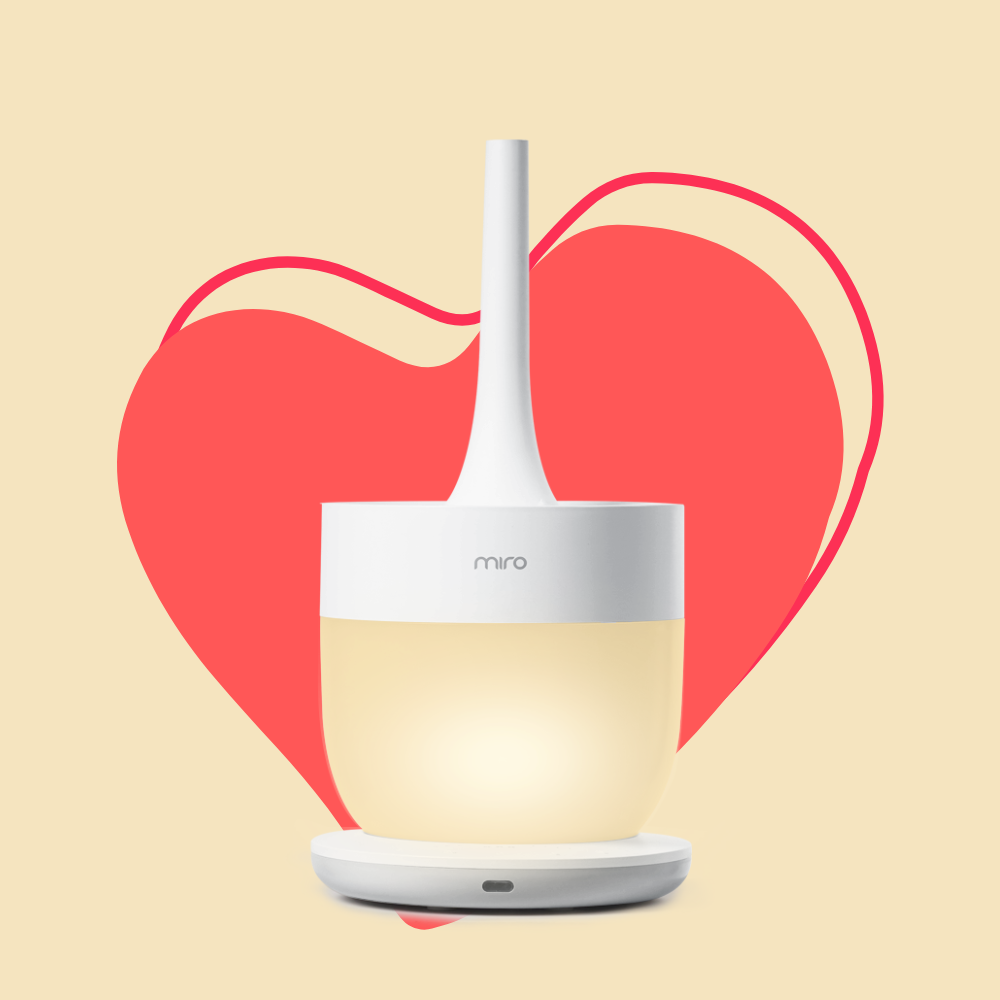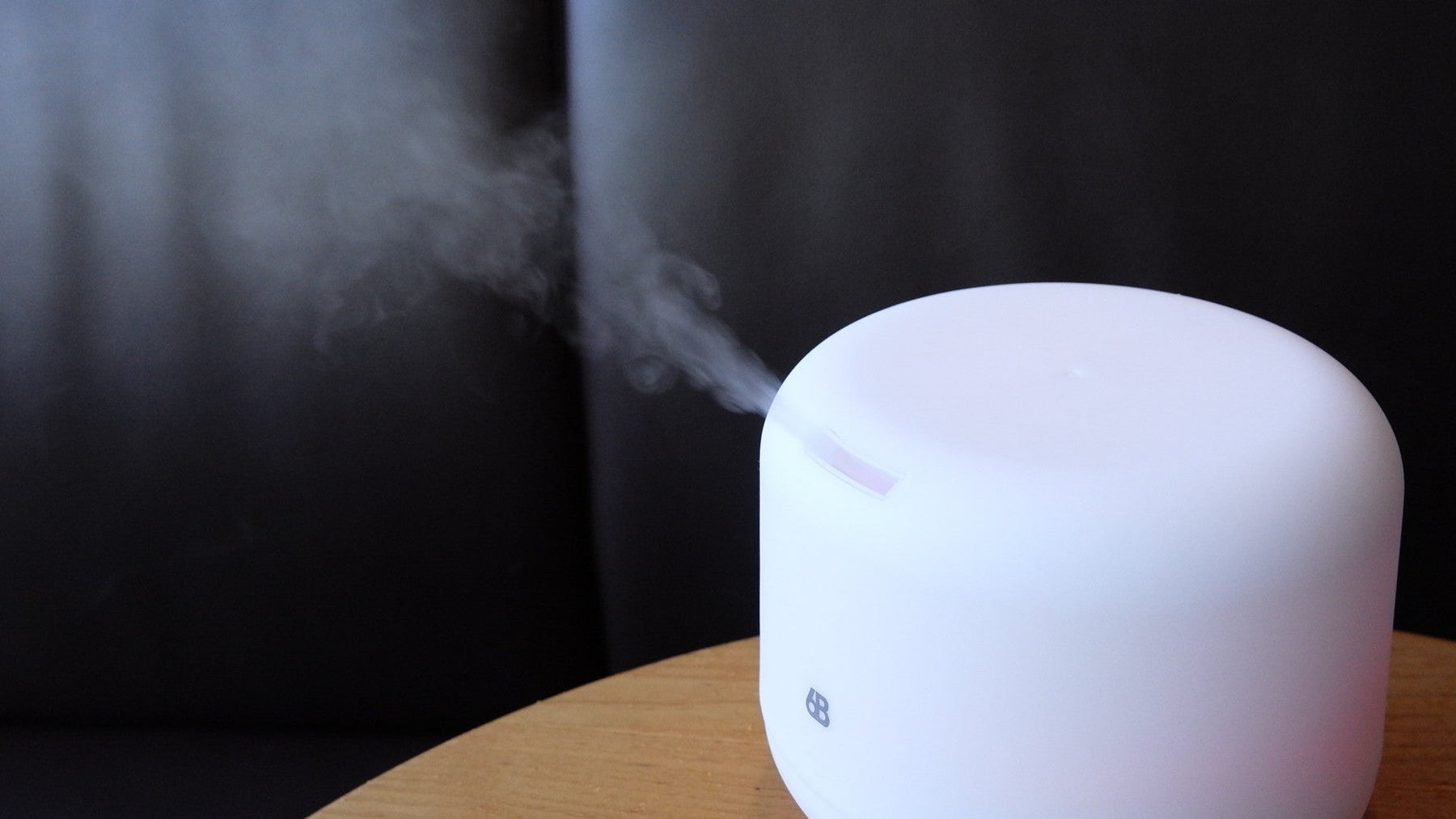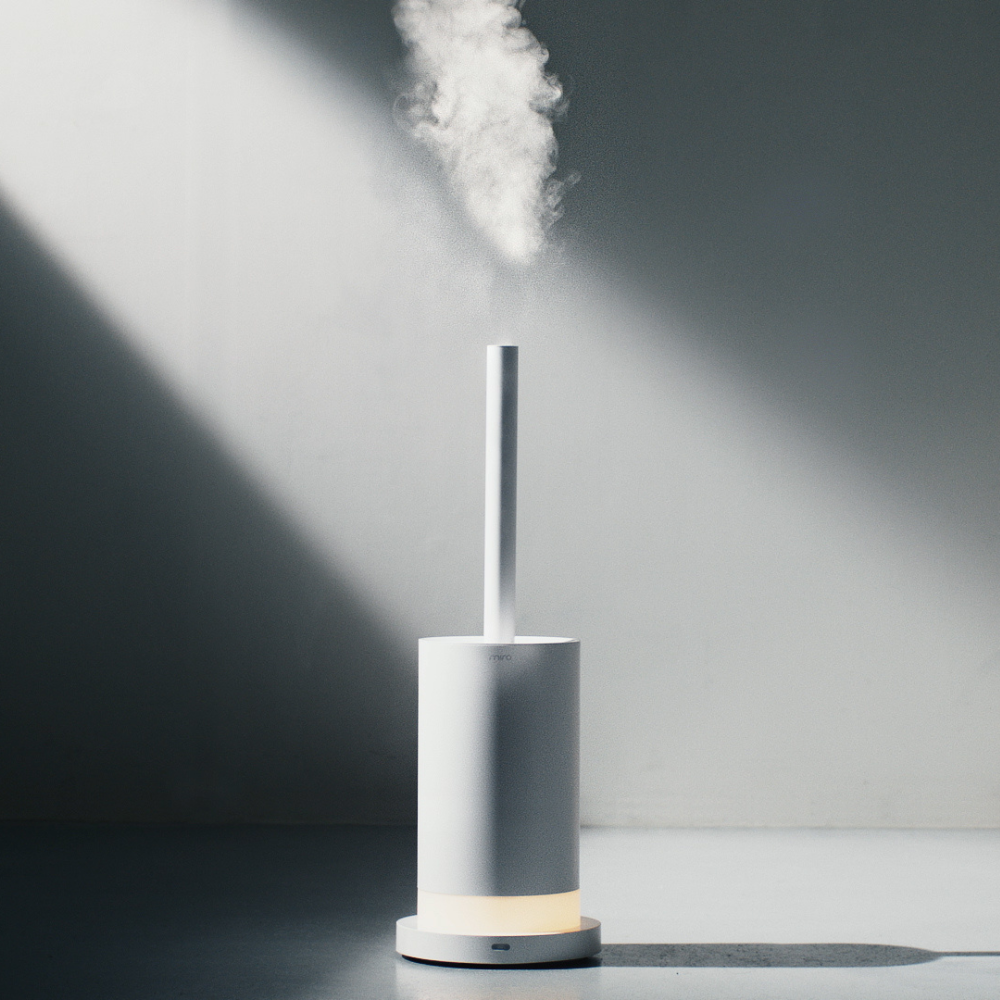

5 Ways to Tell If Your Humidifier Is Working & How to Fix
In the heart of winter or in the sweltering heat of summer, the environment inside your home can become uncomfortable if the air becomes too dry.
That's where a humidifier steps in - a handy appliance that adds moisture to your indoor air, thus maintaining a comfortable ambiance.
But, just like any other gadget, your humidifier may not always work perfectly. So, the question arises - how to know if your humidifier is working?
Stick around, and we'll delve into that and more in this informative piece.
How to Know If Your Humidifier Is Working?
Checking the Water Level
A fundamental principle of how a humidifier works involves water. It draws water from a tank, heating it into steam or transforming it into a fine mist, subsequently adding moisture to your air.
Consequently, if your humidifier is working correctly, the water level should gradually drop. A constant water level or a tank that doesn't require frequent refills may be a sign of a malfunctioning unit.
Observing the Mist
For most humidifiers, especially the cool mist variants, the emission of a visible mist is a tell-tale sign of proper functioning.
If the mist starts to reduce or disappear, it might be indicative of a problem.
Also, the absence of mist doesn't always signify an issue – some humidifiers operate silently and without any visible mist. Knowing your unit's specifics is key.
Using a Hygrometer
A hygrometer is a device that measures humidity levels. It's a handy tool for testing if your humidifier is working properly.
By checking the humidity level before and after turning on the humidifier, you can ascertain its effectiveness.
A working humidifier should raise the room's humidity level within a certain period.
Feeling the Humidity
Sometimes, the simplest method can be the most effective. One such way is to feel the humidity in the room.
If the room feels more comfortable, your skin less dry, or your breathing easier after running the humidifier, then it's likely doing its job.
Listening to the Sound
Most humidifiers emit a soft humming or gurgling sound while operating.
Familiarizing yourself with these normal operating sounds will help you notice any unusual noises.
Unexpected sounds might indicate that your humidifier needs some attention.
How to Fix a Humidifier That Isn't Working?
Inspect the Power Supply
One of the first things to check when your humidifier is not working is its power source.
This could be as simple as making sure the device is securely plugged into the electrical outlet.
Loose connections can often disrupt power supply, preventing the humidifier from turning on.
Also, check the power outlet itself by plugging in another device to ensure it is functioning properly.
If the cord appears damaged or frayed, avoid using the humidifier until it's repaired or replaced to prevent any electrical hazards.
Reset the Device
Just like many other electronic devices, a simple reset can often fix minor issues with your humidifier. Sometimes, a power surge or an abrupt power cut can cause the internal circuitry to glitch, leading to problems.
To reset, unplug the humidifier, wait for about five minutes to let any residual power drain out, then plug it back in.
Turn it on to see if the problem persists.
Clean the Humidifier to Remove Mineral Buildup and Blockages
Hard water contains minerals that can accumulate over time, causing blockages in your humidifier. These blockages can prevent water from reaching the necessary parts of the humidifier, resulting in low or no mist output.
To clean mineral buildup:
- Unplug and disassemble the humidifier as per the user manual.
- Soak the parts in a solution of white vinegar and water (usually a 1:1 ratio) for at least an hour. This will help dissolve the mineral deposits.
- Rinse thoroughly and allow all parts to dry completely before reassembling and testing the unit.
Inspect and Replace the Filter
Humidifiers with filters require regular checks and replacements to ensure optimal performance. A clogged or dirty filter can inhibit water flow and decrease the efficiency of the humidifier.
Typically, you should rinse the filter in cold water every time you refill the tank to keep it clean. However, over time, a filter may become too dirty or worn out and require replacement.
Ensure to use a replacement filter that matches the specifications provided by the manufacturer.
Check and Adjust Your Humidity Setting
Some advanced humidifiers come with a humidity setting that allows you to control the level of moisture it outputs.
If this setting is set too low, your humidifier may not produce as much mist as you expect.
To adjust the setting, consult your user manual for specific instructions, as these can vary between models.
Generally, you'll need to turn a dial or press a button to increase the desired humidity level. The ideal indoor humidity level is usually between 30-50%.
Remember, every humidifier is different, so always refer to your unit's user manual for specific troubleshooting tips and maintenance guidelines.
FAQs
Why is my humidifier not producing mist?
There could be several reasons, such as low water level, clogged filters, or other mechanical issues. Follow the steps outlined in this article to troubleshoot.
Can I use tap water in my humidifier?
While it's possible to use tap water, using distilled or demineralized water can help reduce mineral buildup.
How often should I clean my humidifier?
Ideally, you should clean your humidifier every week. However, it depends on the usage and water quality.
What is the ideal indoor humidity level?
The ideal indoor humidity level is between 30% and 50%.
What type of humidifier is best?
The best type of humidifier depends on your specific needs, room size, and climate.
Conclusion
Understanding how your humidifier works and being able to troubleshoot common problems can go a long way in ensuring it functions effectively for longer.
With the signs and fixes mentioned above, you should be able to keep your humidifier running smoothly, maintaining a comfortable and healthy environment in your home.
If you liked reading this article, you may be interested in an in-depth article about warm mist and cool mist humidifiers: Warm or Cool Mist Humidifiers


